BRECKENRIDGE, Colo. — As a snow sculpture artist, Rob Neyland knows his work will only last a few days, but he's set out to prove a theory about one of Earth's oldest sculptures.

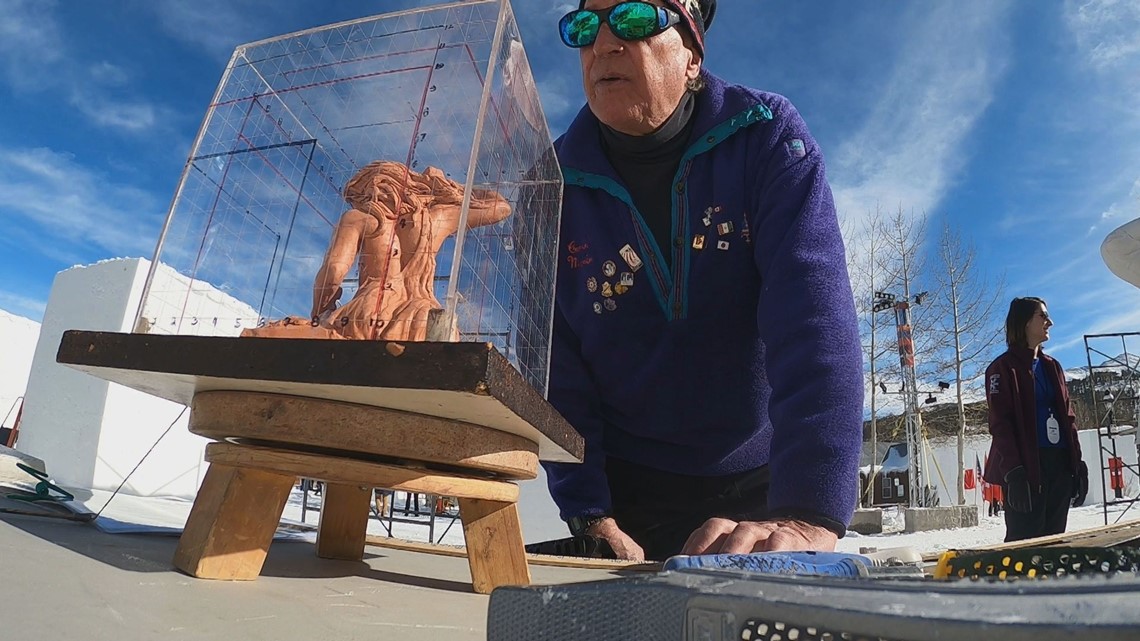
Neyland has more than 30 years of experience and is putting that experience to work.
"There is a delicious irony that a practitioner of the most fleeting and temporary form of sculpture, that being snow, would shed light on the oldest and most noticeable sculpture on the plant," said Neyland.

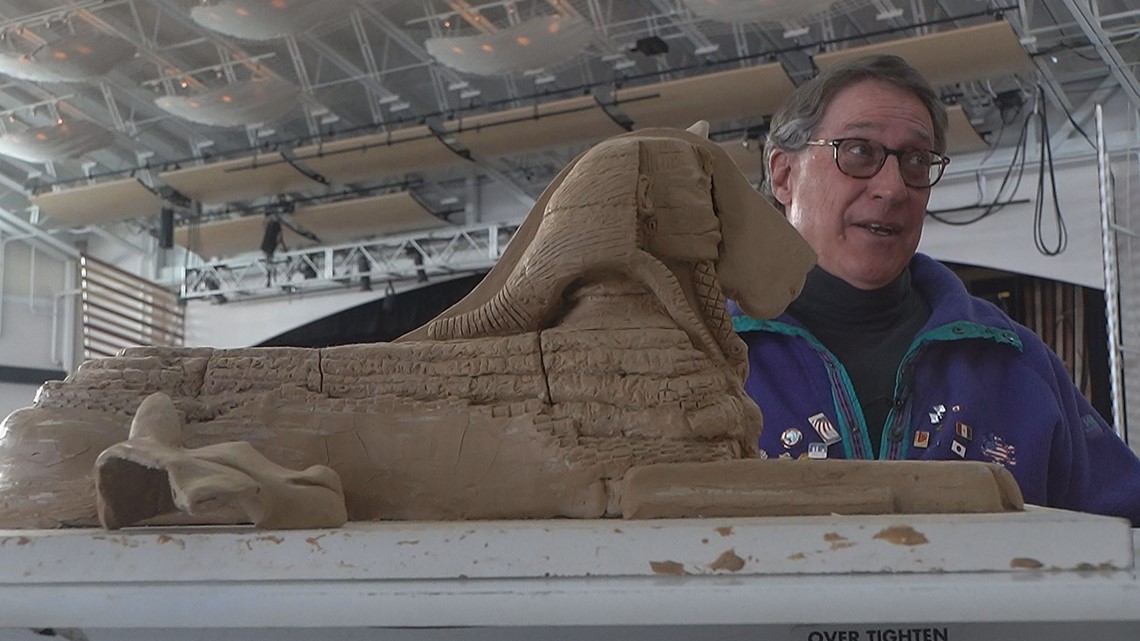
Neyland is sculpting with Team Breck in the 30th International Snow Sculpture Championship, an event he helped to start. He's also getting the attention of archaeologists around the world for his work with the Great Sphinx of Giza.

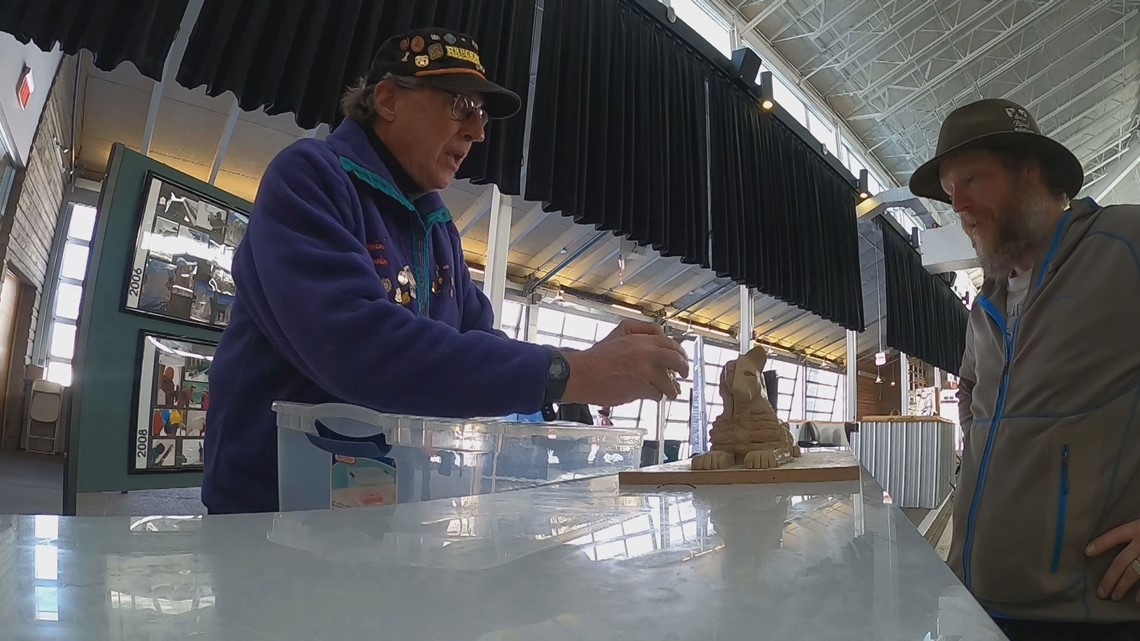
For years, some archaeologists have wondered why the head of the Great Sphinx is so small. It sits on the much larger body of a lion and one theory is that it was reshaped and cut down from a larger head.
"It is not my idea, but I did provide good proof of this concept that the head and body were carved at different times contrary to accepted history,” said Neyland.

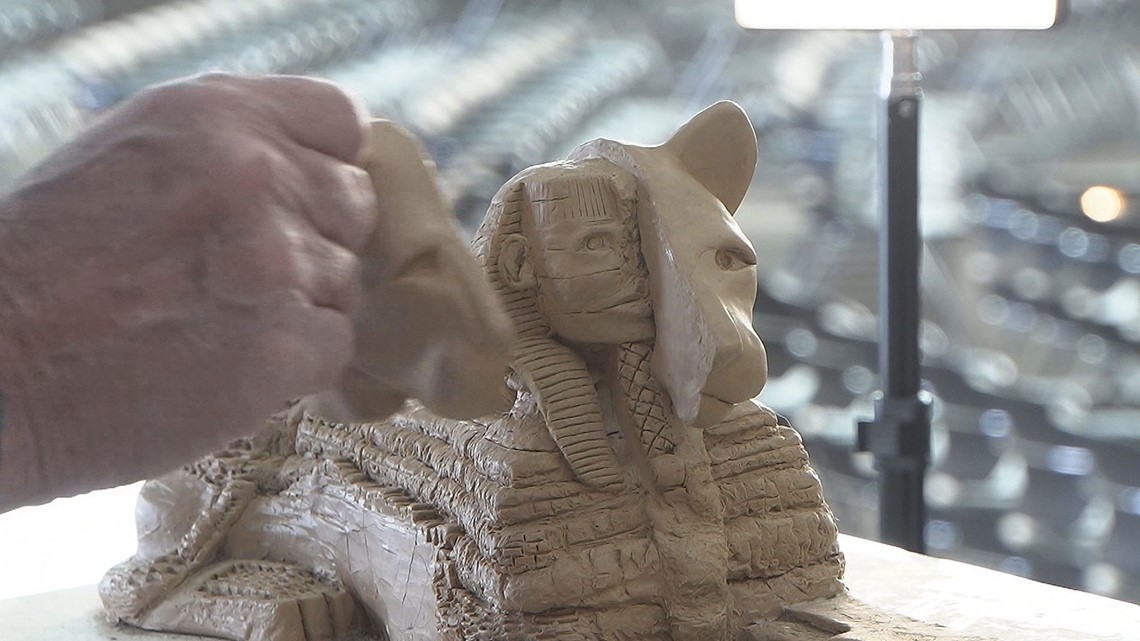
Neyland started studying pictures and even went to Egypt to study the Sphinx, then used his carving skills to build a model that shows how the head of the Sphinx could have been carved from a bigger head of a lioness.
"My reasoning is that everything that would have presented through history on the Sphinx’s head would have to fit inside the original lioness head if this theory would hold any water at all,” said Neyland. “That’s what I set out to prove sculpturally and I believe I have.”

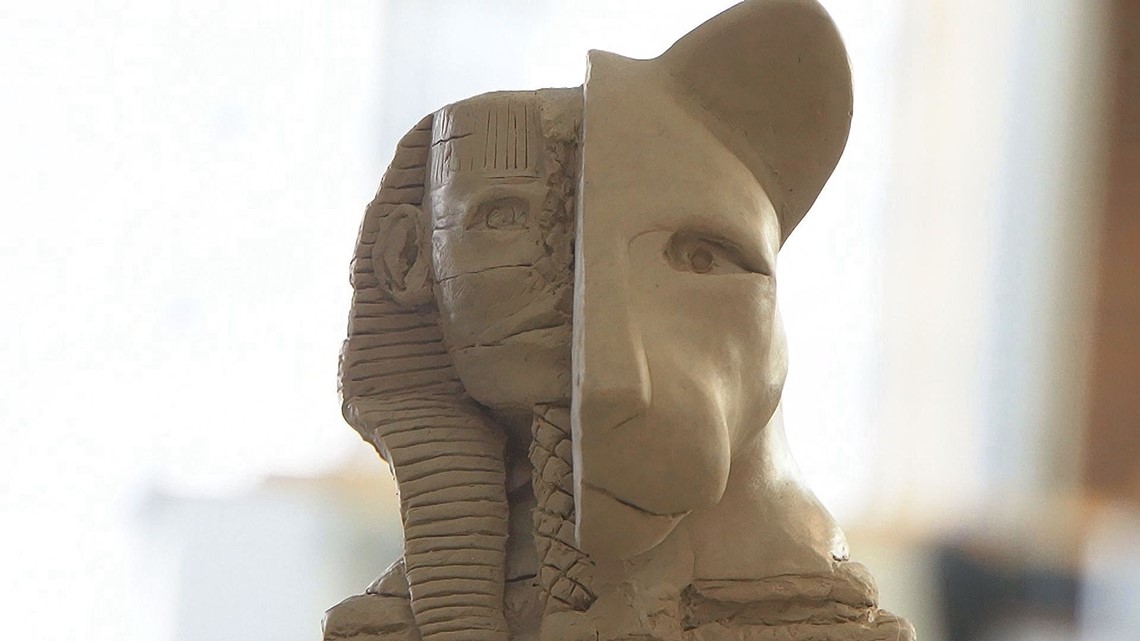
Neyland has written a paper on the subject and his work has landed him on the cover of an Italian archaeological magazine called Phoenix, which is writing an article about his findings.

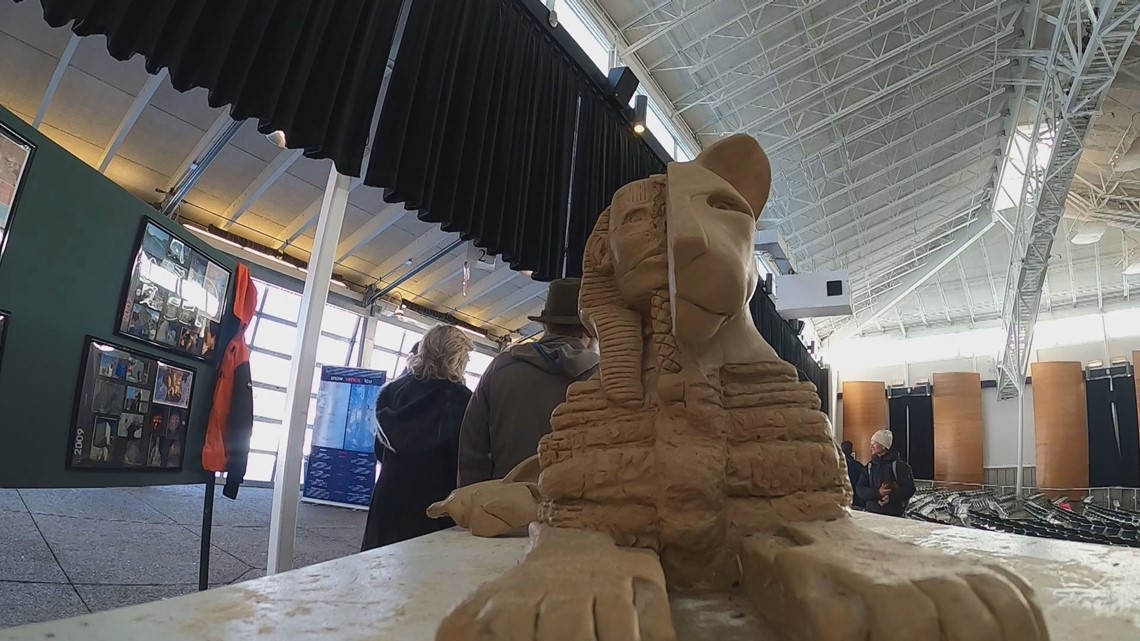
SUGGESTED VIDEOS: Colorado Guide
‘

